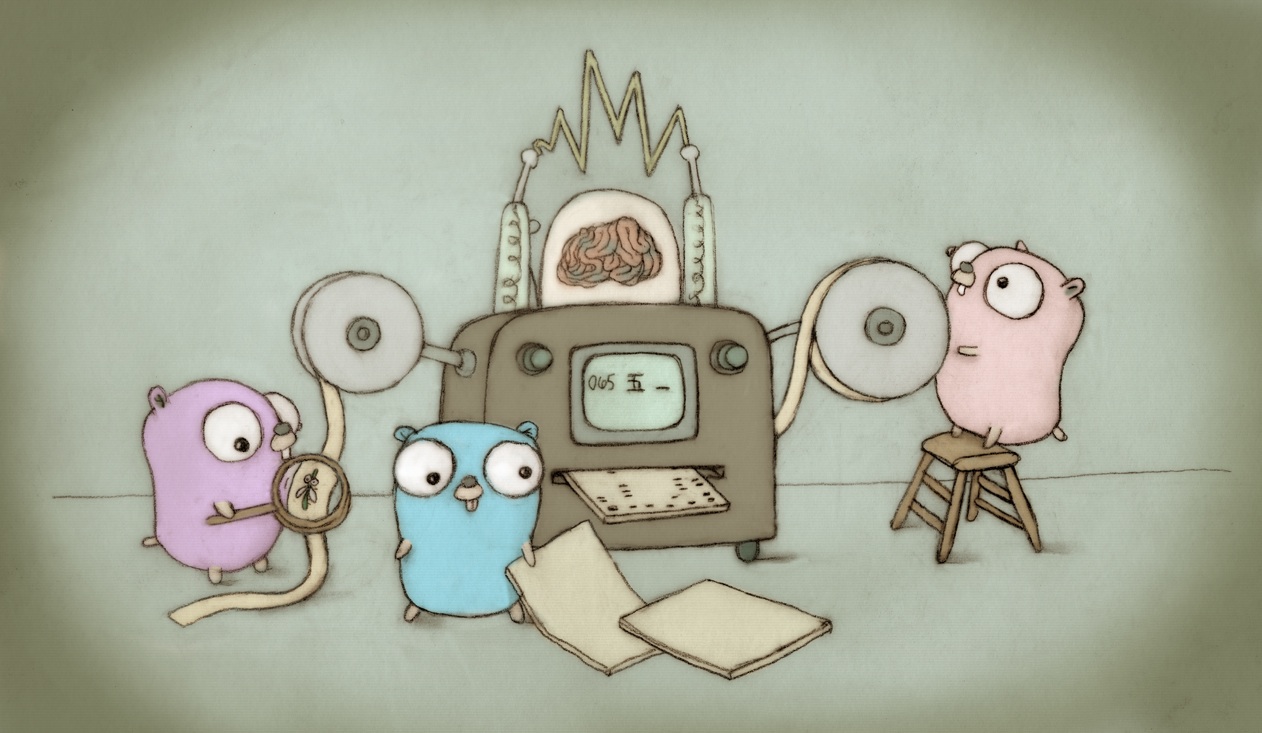Change to computing the dictionary form on each shape-instantiated function, rather than once on the underlying generic function/method. The problem with computing the dictionary format on the generic function is that we had to force early transformations to create all the needed/implicit CONVIFACE nodes, since many of these nodes cause the need for a dictionary entry. Also, the dictionary entries needed can different with different instantiations of the same generic function, especially depending on whether a type argument is a non-interface or interface type, or a instantiated type vs. a non-instantiated type. By computing the dictionary format on the instantiated function, we are scanning a function where all the transformations have been done to create implicit CONVFIFACE nodes, and we know the above relevant information about the type params (which are shapes). Much of the change is more mechanical changes from typeparams to shapes, and generic functions/info to instantiated functions/info. Some of the most important non-mechanical changes are: - Separated out the dictionary transformations to nodes into a separate dictPass, since we need to analyze instantiated functions after stenciling, but before the dictionary transformations. - Added type param index to shape types, since we need to be able distinguish type params of an instantiation which are different but happen to have the same shape. - Allow the type substituter to work with shapes again (since for the dictionary entries we need to substitute shape params to the concrete type args). - Support types.IdentityStrict() that does strict type comparison (no special case for shapes). This needed for type substitution, formatting and creating dictionaries, etc. We can maybe create better names for this function. - Add new information to instInfo to contain a mapping from the shape type params to their instantiated type bound. This is needed when doing the dictionary transformations related to type bounds. Change-Id: I1c3ca312c5384f318c4dd7d0858dba9766396ff6 Reviewed-on: https://go-review.googlesource.com/c/go/+/349613 Trust: Dan Scales <danscales@google.com> Run-TryBot: Dan Scales <danscales@google.com> TryBot-Result: Go Bot <gobot@golang.org> Reviewed-by: Keith Randall <khr@golang.org> |
||
|---|---|---|
| .github | ||
| api | ||
| doc | ||
| lib/time | ||
| misc | ||
| src | ||
| test | ||
| .gitattributes | ||
| .gitignore | ||
| AUTHORS | ||
| codereview.cfg | ||
| CONTRIBUTING.md | ||
| CONTRIBUTORS | ||
| LICENSE | ||
| PATENTS | ||
| README.md | ||
| SECURITY.md | ||
The Go Programming Language
Go is an open source programming language that makes it easy to build simple, reliable, and efficient software.
 Gopher image by Renee French, licensed under Creative Commons 3.0 Attributions license.
Gopher image by Renee French, licensed under Creative Commons 3.0 Attributions license.
Our canonical Git repository is located at https://go.googlesource.com/go. There is a mirror of the repository at https://github.com/golang/go.
Unless otherwise noted, the Go source files are distributed under the BSD-style license found in the LICENSE file.
Download and Install
Binary Distributions
Official binary distributions are available at https://golang.org/dl/.
After downloading a binary release, visit https://golang.org/doc/install for installation instructions.
Install From Source
If a binary distribution is not available for your combination of operating system and architecture, visit https://golang.org/doc/install/source for source installation instructions.
Contributing
Go is the work of thousands of contributors. We appreciate your help!
To contribute, please read the contribution guidelines at https://golang.org/doc/contribute.html.
Note that the Go project uses the issue tracker for bug reports and proposals only. See https://golang.org/wiki/Questions for a list of places to ask questions about the Go language.